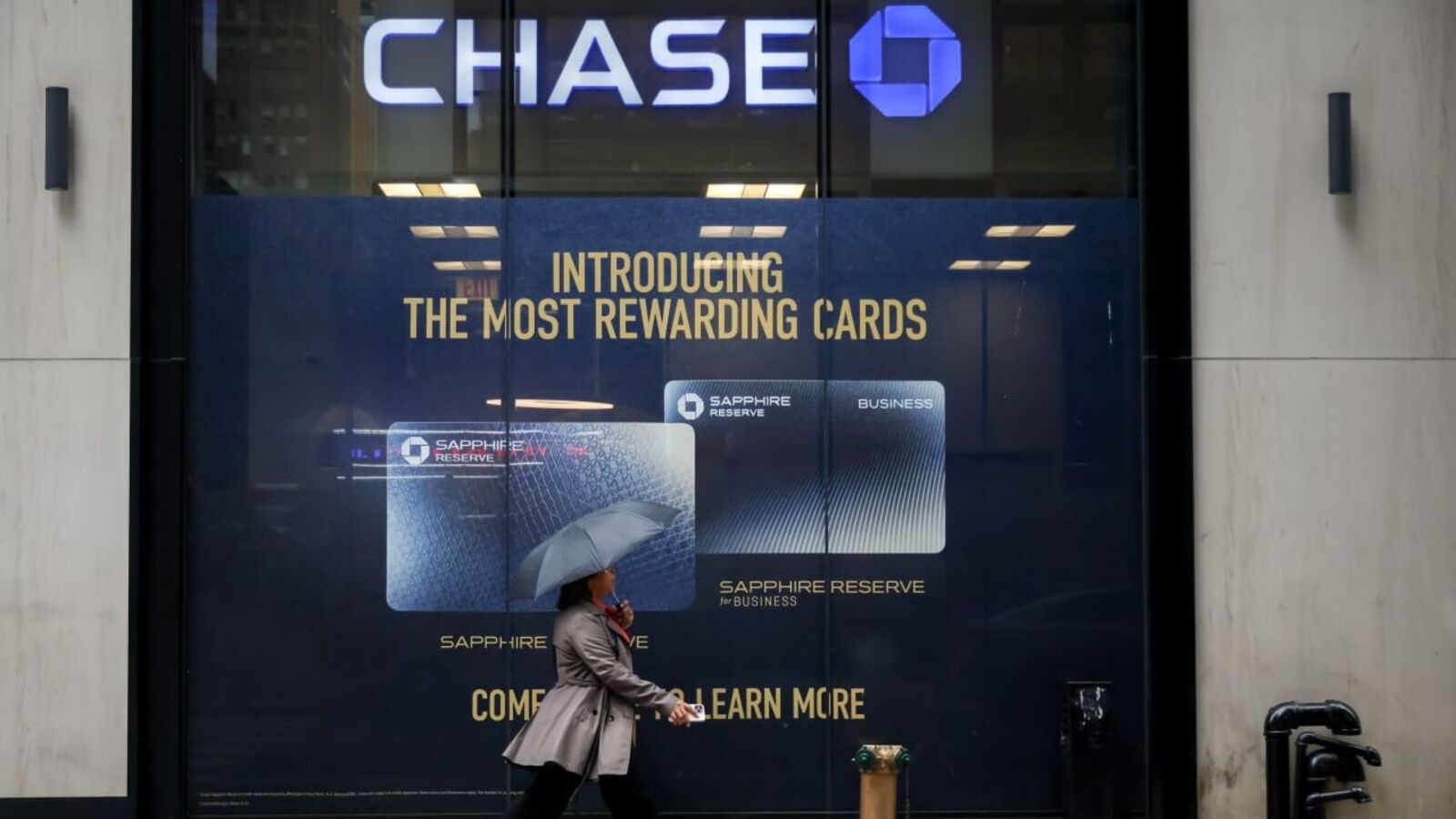Copyright © HT Digital Streams Limited All rights reserved. Telis Demos, The Wall Street Journal 4 min read 16 Oct 2025, 06:22 IST JPMorgan Chase cut its projected losses on credit card loans for the year. Michael Nagle/Bloomberg Summary JPMorgan, Bank of America and Wells Fargo see few signs of trouble among their consumer clients. Wealthier consumers are now driving the economy forward. And it’s the big banks that give them the fuel to keep doing it. Over this week’s third-quarter reports from Bank of America, Citigroup, JPMorgan Chase and Wells Fargo, virtually every measure of consumer lending and health pointed in the right direction. But that may say more about who these banks are lending to than about the broader economy. A key indicator of future problems is when more payments are late. But each of those banks’ share of credit card balances that were more than 30 days past due declined from a year earlier. JPMorgan lowered its expected losses on card loans for the year from 3.6% to 3.3%. With some key economic data from the government on hold, investors may look to the biggest banks in hopes of finding alternative indicators. But while their sprawling branch networks may hold the checking accounts of a broad cross-section of Americans, the story told by their loans may be a narrower one — about relatively more affluent consumers. Recent aggregated customer card data analyzed by the Bank of America Institute showed what the researchers called a “wide disparity” in spending trends. Lower-income households’ spending grew by 0.6% year-on-year in September, while higher-income households’ growth was 2.6%. The figures are seasonally adjusted three-month rolling averages. Similarly, recent headlines have highlighted problems for some less creditworthy “subprime” borrowers with their auto loans. But at JPMorgan and Wells Fargo, which release these figures for auto loans, their customers’ rate of 30-day plus delinquent payments on auto loans fell year over year in the third quarter. JPMorgan’s auto loan and lease volume grew 20% year over year to $12 billion. Wells Fargo said its new auto loans more than doubled to $8.8 billion over that period. Wells said in recent quarters that it has tightened credit underwriting in auto loans and that its loan book has become more concentrated with borrowers with higher credit scores. The bank told analysts this week that its auto origination growth partly reflects the benefits of a recent relationship as the preferred purchase finance partner for Volkswagen’s US bonded finance arm for Volkswagen and Audi brand vehicles. This will extend to Ducati from next year. Across the banking landscape, many lenders reined in offers to less creditworthy borrowers — in part to make up for what was widely seen as an overextension of credit during the pandemic, when many more marginal customers were flush with cash. In December 2021, the percentage of subprime consumers with at least one credit card account opened in the past month hit 6%, according to VantageScore’s CreditGauge tracker. This figure was 4% in December last year. But at the other end of the spectrum, among superprime borrowers, the share of new accounts was steady at 2.7% in December 2021 and 2.6% in December 2024. Having available credit is a key way to keep spending going, especially if wages, or the value of consumers’ assets such as stocks or homes, slow or stagnate. For consumers who have these, there is also an incentive to spend via banks’ reward cards. JPMorgan Chase recently raised the annual fee on its Sapphire Reserve credit card to $795, and added new benefits. Despite the higher fee, JPMorgan CFO Jeremy Barnum told analysts this week that “it has already been the best year ever for new account acquisitions for our Sapphire portfolio.” Wells Fargo has grown rapidly in cards, with new card accounts up 9% in the first three quarters of the year from last year. The bank told analysts this week that it is focused on tapping existing customers to expand its card relationships, including in wealth management. “We are not fully meeting the lending, deposit and payment needs of our existing wealth customers,” Wells Fargo CEO Charlie Scharf told analysts. Wells has a program called Premier, which integrates products across banking, lending and investing, and is aimed at customers with $250,000 or more in certain balances. Net investment inflows to Premier rose by 47% in the first nine months of this year, the bank said. If the economy headed for a slowdown, big banks might not be able to avoid it. But they won’t necessarily be the first indication of trouble either. Write to Telis Demos at Telis.Demos@wsj.com Get all the industry news, banking news and updates on Live Mint. Download the Mint News app to get daily market updates. more topics #Autolenings Read next story
Big banks cash in on wealthy borrowers
